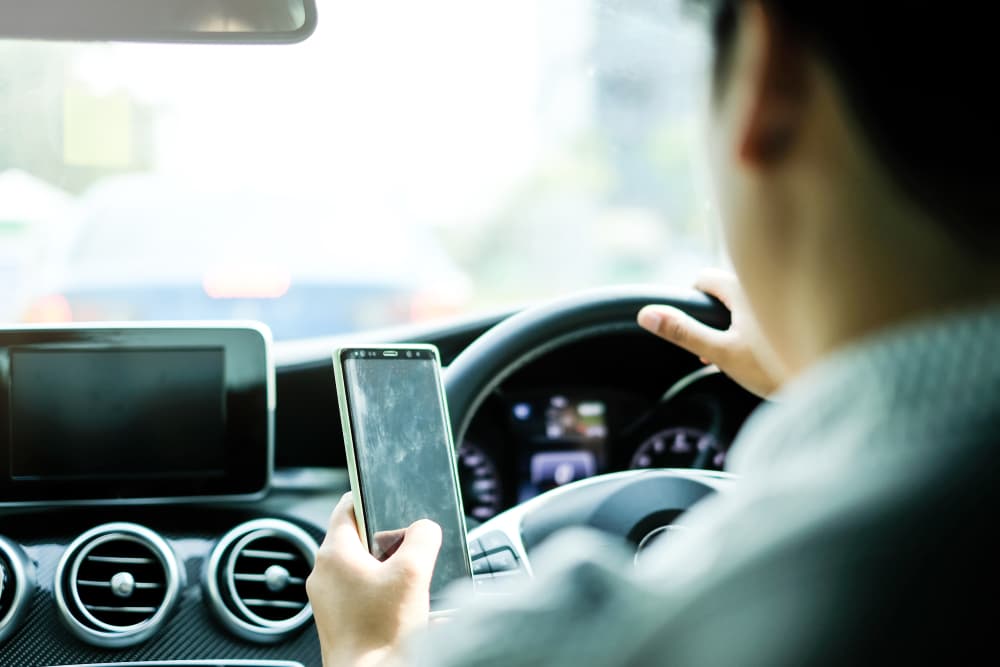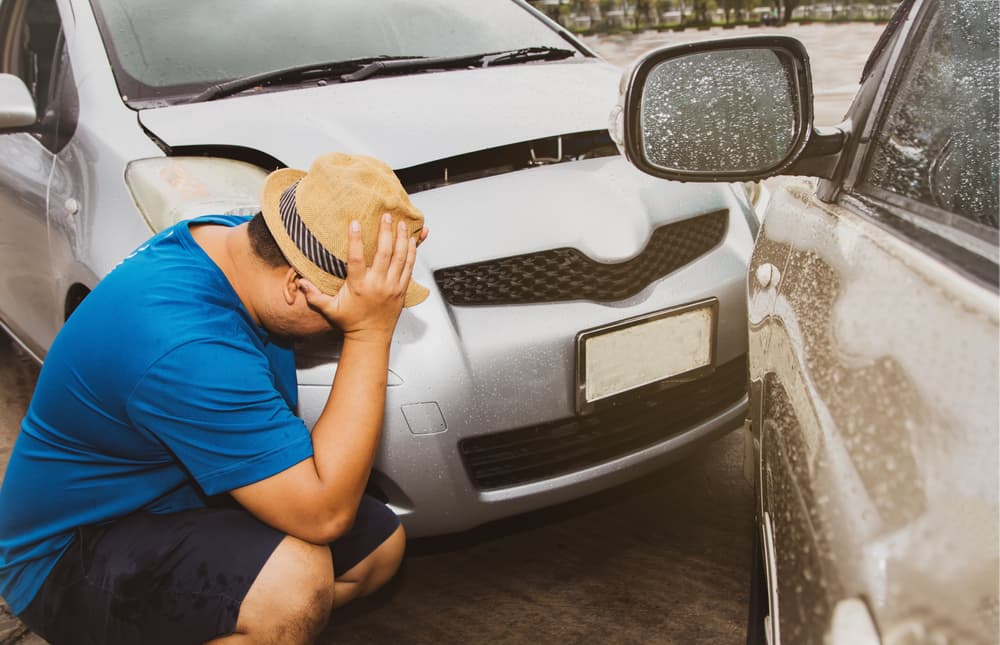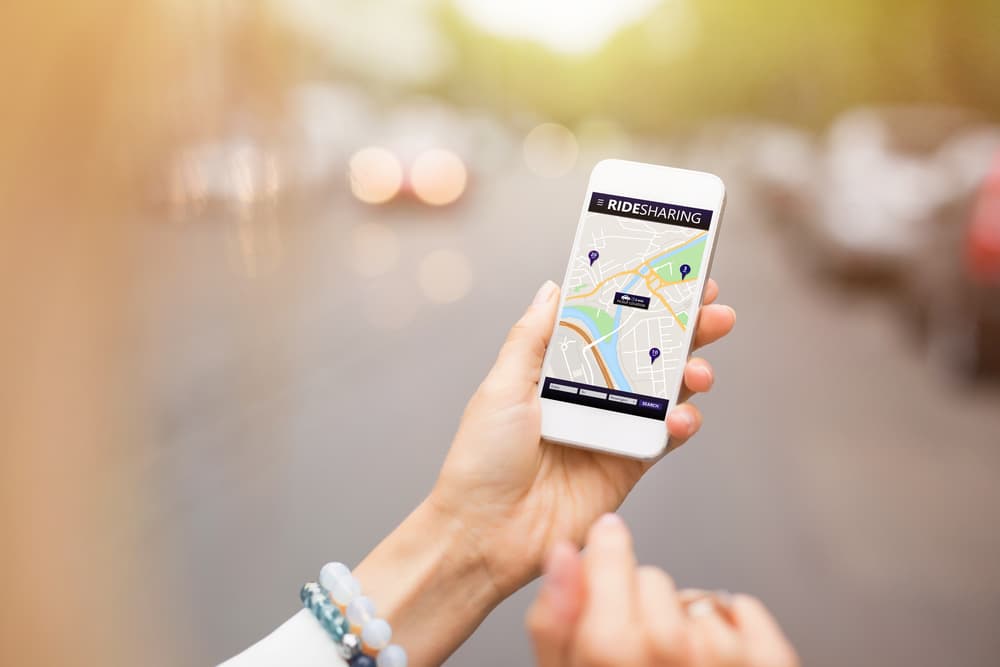Filing a lawsuit after an Uber or Lyft car accident can be a challenging process. These ridesharing companies operate under unique legal frameworks, making it necessary to navigate through a maze of regulations and insurance policies.
Determining liability can be particularly challenging, as multiple parties - such as the driver, the rideshare company, and other motorists - may share responsibility for the accident. Additionally, obtaining compensation for injuries and damages can be complicated due to insurance coverage limits and disputes over fault.
If you have been involved in an Uber or Lyft car accident, always seek legal representation from a skilled and experienced rideshare accident lawyer.
Causes of Rideshare Accidents
Rideshare accidents can occur due to various factors. Understanding the common causes of these accidents can help you determine liability and take appropriate legal action.
Rideshare Driver Negligence

When filing a lawsuit after a rideshare car accident, you must also consider the role of the rideshare driver's negligence. If the driver's negligence contributed to the accident, they may be held liable for the damages caused. Examples of rideshare driver negligence include:
- Driver Distraction: Uber and Lyft drivers may get distracted by their phones, navigation systems, or passengers, leading to accidents.
- Fatigue: Long working hours and irregular schedules can result in drowsy driving, increasing the risk of accidents.
- Speeding: Some rideshare drivers may exceed speed limits to reach their destinations quickly, compromising safety.
- Intoxication: If a rideshare driver is under the influence of alcohol or drugs, their impaired judgment and reaction time can lead to accidents.
- Failure to Follow Traffic Laws: Rideshare drivers may fail to obey traffic rules, such as stopping at red lights or yielding to pedestrians, resulting in accidents.
Proving rideshare driver negligence may require gathering evidence such as witness statements, driver records, and electronic data from the rideshare app.
Rideshare Company Negligence
In some cases, the rideshare company itself may share liability for accidents involving their drivers. Rideshare companies have a responsibility to ensure the safety of their passengers and other motorists. Negligence on the part of the rideshare company may include:
- Inadequate driver screening: Rideshare companies are responsible for conducting thorough background checks on their drivers to ensure they have a valid license and a safe driving record.
- Insufficient driver training: Rideshare companies should provide proper training to their drivers to ensure they understand and follow all traffic laws.
- Negligent maintenance of vehicles: If a rideshare company fails to maintain its vehicles properly, such as not performing regular inspections or addressing known mechanical issues, they may be held responsible for accidents caused by vehicle malfunctions.
Proving rideshare company negligence may require accessing company records, policies, and communication between the rideshare company and its drivers.
Third-Party Driver Negligence

Apart from rideshare drivers and companies, accidents involving Uber or Lyft vehicles can also result from the negligence of other third-party drivers. These drivers may be entirely unrelated to the rideshare service but share the road with rideshare vehicles. Third-party driver negligence can include actions such as:
- Failure to yield: If a third-party driver fails to yield the right of way to a rideshare vehicle, it can result in a collision.
- Distracted driving: Any driver, including those who are not affiliated with rideshare services, can cause an accident by being distracted while driving.
- Drunk driving: Intoxicated drivers pose a significant risk to all vehicles on the road, including rideshare vehicles.
When filing a lawsuit, it is important to consider all potential negligent parties and have a rideshare accident lawyer to gather evidence to support your claim against them.
Rideshare Company Coverage and Liability
One critical aspect of filing a lawsuit after a rideshare accident is understanding the insurance coverage provided by the rideshare company. Depending on the circumstances of the accident, the rideshare company's insurance coverage may come into play in different scenarios:

- App is off or driver is unavailable: If the rideshare driver's app is off or they are unavailable at the time of the accident, their personal auto insurance will typically apply.
- App is on, driver is waiting for a ride request: If the rideshare driver's app is on, but they have not yet accepted a ride request, the rideshare company may provide limited liability coverage for accidents.
- App is on, driver has accepted a ride request or is transporting a passenger: When the rideshare driver has accepted a ride request or is transporting a passenger, the rideshare company's insurance coverage is typically in effect. This coverage can include liability insurance for bodily injuries and property damage caused by the driver.
Understanding the specific insurance coverage involved can help determine the responsible parties and the potential compensation available for your injuries and damages.
Pursuing Compensation Through an Insurance Settlement First
Before filing a lawsuit, it is often advisable to pursue compensation through an insurance settlement. This involves negotiating with the at-fault party's insurance company to reach a fair settlement agreement. Working with a personal injury attorney experienced in rideshare accidents can greatly increase your chances of obtaining a favorable settlement. An attorney can assess the value of your claim, handle the communication and negotiation with the insurance company, and ensure that your rights are protected throughout the process.
If You Cannot Reach a Settlement, You Can File a Lawsuit
If a fair settlement cannot be reached, you have the option to file a lawsuit to seek compensation for your injuries and damages. Filing a lawsuit initiates the legal process, and your case will proceed to trial unless a settlement is reached during the litigation.
Overview of the Rideshare Accident Lawsuit Process
The rideshare accident lawsuit process typically involves the following steps:
- Filing the lawsuit: If settlement negotiations fail, your attorney will draft and file a lawsuit on your behalf, initiating the legal process.
- Discovery: This phase involves gathering evidence from both sides and may include depositions, requests for documents, and interrogatories. This process aims to uncover facts and build a strong case
- Settlement negotiations: Throughout the discovery phase, your attorney may engage in settlement negotiations with the opposing party to reach a fair settlement agreement.
- Trial: If a settlement cannot be reached, your case will proceed to trial, where both sides present their evidence and arguments before a judge and/or jury. The court will decide the outcome and determine the compensation awarded, if any.
Consult a Rideshare Accident Attorney for Free Today
If you have been involved in an Uber or Lyft car accident, don't face the complex legal process alone. Contact an experienced personal injury attorney today for a free consultation.